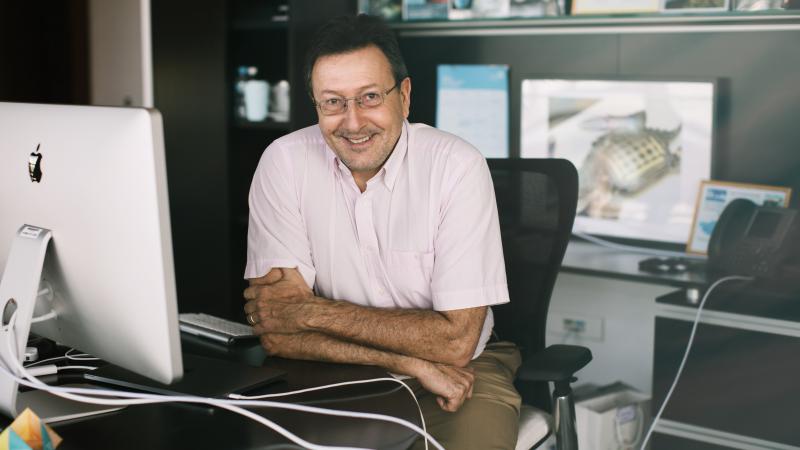© KAUST 2018
As marine plastic pollution becomes an increasing concern worldwide, KAUST scientists report on two projects investigating plastic litter on and off the shores of the Red Sea.
To investigate plastics on beaches, the team has developed a method, using unmanned aerial vehicles and machine learning, to improve the monitoring of large swathes of coastal areas for plastic litter.
“We know that we dump millions of tons of plastic in the sea every year, but we don't know where this ends up,” explains marine science Ph.D. student Cecilia Martin. “One of the most influential scientists in the field of marine plastic pollution, Jenna Jambeck, from the University of Georgia, says we can't manage what we can't measure. So quantifying plastic on beaches is a key step to quantifying the whole of marine litter.”
But such a count is painstakingly slow and inefficient. Current methods involve people walking and scanning small portions of accessible beaches, making it impractical for assessing global distribution patterns of plastic litter on our coasts.
KAUST marine ecologist Carlos Duarte and colleagues from across the University tested the use of unmanned aerial vehicles (UAVs) for scanning larger portions of beaches faster than current approaches.
Read the full article
